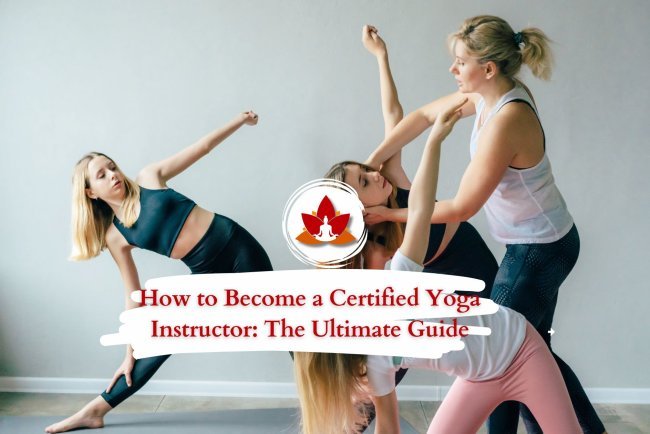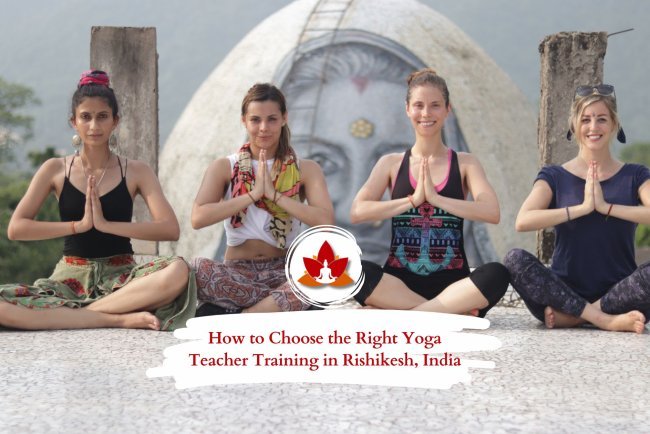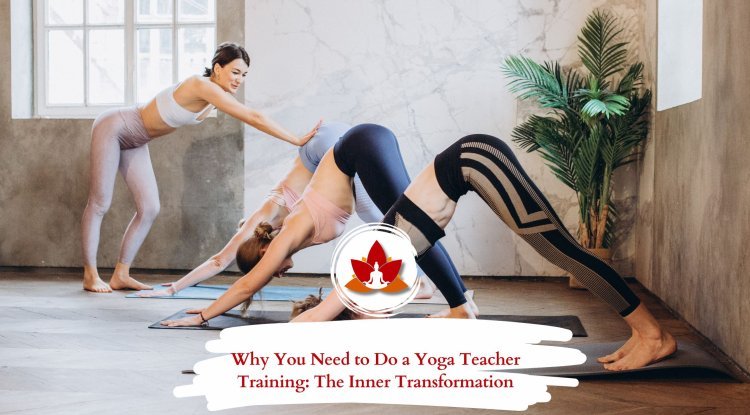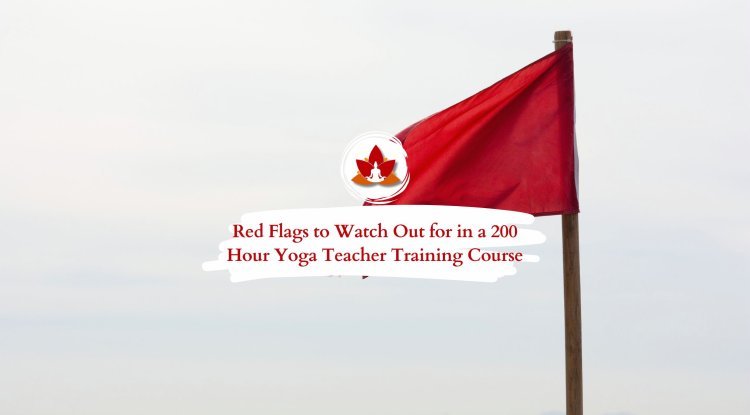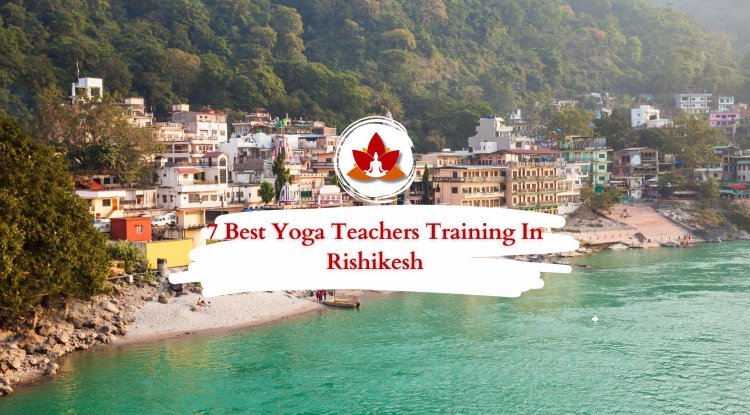The Truth About Ashtanga Yoga
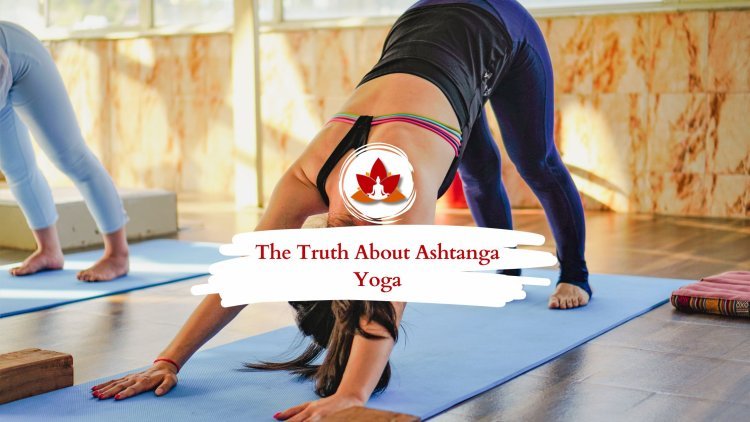
Historical Overview
Ashtanga Yoga, often referred to as Ashtanga Vinyasa Yoga, is a dynamic and structured system of yoga rooted in the vinyasa krama approach developed by T. Krishnamacharya.
Sri K. Pattabhi Jois, a devoted student of Krishnamacharya from 1927 to 1952, adapted this method into what we now recognize as the Ashtanga Vinyasa system. In its early stages, Jois applied yoga therapeutically—prescribing personalized sequences for students with specific health concerns. He often referred to this system as "Ashtanga Yoga" or "Patanjali Yoga," honoring its philosophical roots.
The name "Ashtanga", meaning “eight limbs,” originates from the Yoga Sutras of Patanjali, which describe a complete path toward spiritual liberation through eight interconnected limbs: ethical practices, physical discipline, breath control, sense withdrawal, concentration, meditation, and ultimately, union with consciousness.
Philosophy and Practice: A Living Lineage
Like any lineage-based practice, Ashtanga Yoga continues to evolve through its practitioners. Teachers and students interpret the core elements in slightly different ways, yet the essence remains grounded in breath, movement, and awareness.
Tristhana: The Three Pillars of Practice
The term Tristhana—“three dwelling places”—refers to the focal points that guide attention during practice. While interpretations vary slightly, most agree that these are:
-
Breath (often linked to Bandha or energetic locks)
-
Drishti (a gazing point)
-
Asana (physical posture)
Together, these elements form a meditative framework that draws the mind inward, aligns the body, and channels pranic energy.
Breath (Ujjayi Pranayama)
Breath is central to the practice. Often described as Ujjayi Pranayama, or “victorious breath,” it’s a controlled breathing technique involving inhalation and exhalation through the nose, with a slight constriction of the throat. This creates an audible, wave-like sound that:
-
Anchors awareness
-
Regulates nervous system response
-
Synchronizes with movement
-
Guides internal energy (prana)
Though some call it “free breathing with sound”, the emphasis remains on even rhythm, internal heat generation, and breath-led movement.
Bandha: Energy Locks
Bandhas are subtle energetic activations—not physical muscles—that help guide prana throughout the body. They support core stability and internal lift. While they aren’t physical in the strictest sense, practitioners often engage:
-
Mula Bandha (root lock) — gently activating the pelvic floor and PC muscles
-
Uddiyana Bandha (abdominal lock) — drawing awareness into the lower belly near the psoas major
Bandhas are not “tensed muscles,” but rather energetic gateways — experienced through awareness and refined connection.
Drishti: Gaze of Focus
Drishti is the prescribed gaze point in each posture. There are nine traditional drishtis used in Ashtanga, including:
-
Nose
-
Navel
-
Third Eye (brow)
-
Thumbs
-
Toes
-
Hands
-
Left or right side
-
Upward (sky)
Beyond keeping the eyes focused, drishti cultivates concentration, limits external distraction, and deepens pratyahara—the withdrawal of the senses.
Postures & Sequences
Postures in Ashtanga are performed in a set sequence, each linked by vinyasa. The six classical series are:
-
Primary Series (Yoga Chikitsa) – Detoxifies and aligns the body
-
Intermediate Series (Nadi Shodhana) – Purifies the nervous system
3–6. Advanced Series (Sthira Bhaga) – Builds strength, grace, and internal focus
Each level must be mastered progressively, often over years, to ensure both physical and energetic readiness.
Vinyasa: Movement with Breath
The word Vinyasa comes from the Sanskrit “vi” (to place) and “nyasa” (in a special way). In Ashtanga, it refers to three main concepts:
-
The Breath-Movement Connection – Aligning each movement with either an inhale or an exhale.
-
Vinyasa Count – A choreographed number of breaths and movements assigned to each posture.
-
The Transition Sequence – Known as a "vinyasa": jump back → chaturanga → upward dog → downward dog → jump through.
Vinyasa acts as a ritual reset between postures, keeps the internal heat building, and maintains a flowing rhythm that centers the mind.
The Ashtanga Sequences: Primary, Intermediate, and Advanced
One of the most recognizable features of Ashtanga Vinyasa Yoga is its set sequences of postures. Unlike other modern yoga styles that change from class to class, Ashtanga follows a structured progression of asanas, each performed in a fixed order. This creates a disciplined framework that shapes the body, mind, and breath with consistency and intention.
Let’s explore what makes these sequences so unique—and why they matter.
Why Use a Set Series?
The idea of repeating the same sequence daily might seem monotonous at first—but in truth, it’s one of Ashtanga’s greatest strengths.
-
It builds discipline and depth: With a fixed sequence, you’re not chasing novelty—you’re exploring familiarity at a deeper level.
-
It challenges your comfort zone: Left to ourselves, we often avoid poses that feel difficult or uncomfortable. Ashtanga ensures we face those challenges head-on.
-
It tests assumptions: Regular, deliberate practice reveals that many “impossible” postures are, with time and patience, within reach. The fixed series pushes you to break through your mental limits.
Practicing the same poses daily is not about stagnation—it’s about transformation through consistency, awareness, and dedication.
The Drawbacks of a Fixed Sequence
Of course, no system is without limitations.
-
Clinging to linear progression: Many students mistakenly believe that Ashtanga must be followed strictly and sequentially forever. This rigid mindset can limit growth or cause frustration.
-
Potential for physical imbalance: Repeating the exact movements every day, without variation, might overdevelop certain patterns and underuse others, possibly leading to imbalance or strain over time.
-
Over-reliance on the Primary Series: It’s common for practitioners to stay in the Primary Series for years—but doing only Primary for a decade (or more) may restrict your evolution. The system is designed to be progressive.
Flexibility Within Structure
Despite its reputation for rigidity, Ashtanga offers flexibility within its framework. The sequences act as a scaffold for your intentions—not a cage.
-
Adaptation is encouraged: Your unique anatomy, strengths, and limitations will guide how you approach the sequence. Some may need to build strength, while others focus on increasing mobility.
-
Progression is personal: The practice is not a race. Moving from the Primary Series to Intermediate or Advanced should happen naturally, as your practice matures.
-
Interrelated Poses: Each pose is connected—not just within a series, but across series. As you grow, you’ll uncover the hidden relationships between postures that help deepen understanding and enhance awareness.
Summary of the Ashtanga Series
-
Primary Series – Yoga Chikitsa (“Yoga Therapy”)
Focuses on detoxification, foundational alignment, and building strength and flexibility. -
Intermediate Series – Nadi Shodhana (“Nerve Cleansing”)
Works with the nervous system, deepening backbends, twists, and energetic refinement. -
Advanced Series – Sthira Bhaga (“Strength and Grace”)
Demands exceptional strength, balance, and flexibility. Often divided into four sub-series, it's only for advanced practitioners with years of dedicated practice.
Methods of Learning and Teaching the Ashtanga Practice
Learning the Practice: Mysore & Led Style
Of all the styles of yoga practiced today, Ashtanga Yoga remains unique in its teaching method. Students typically learn in one of two traditional formats:
Mysore-Style Classes
This is the traditional way of learning Ashtanga. In a Mysore-style class, students are taught individually within a group setting. Each student moves at their own pace, memorizing the sequence gradually while receiving personalized hands-on guidance from the teacher. The teacher instructs one posture at a time, adding more only when the student is ready—building both discipline and self-reliance.
Led Classes
To accommodate larger groups, Pattabhi Jois later introduced "Led Primary Series" classes during his travels abroad. In these sessions, the teacher calls out the postures and breath cues, and students move together in unison. These classes are best suited for students already familiar with the Primary Series.
Maintaining the Practice: The Six-Day Commitment
A core part of Ashtanga’s culture, as passed down from Pattabhi Jois and Sharath Jois, is the encouragement to practice six days a week. Consistency is key. With each daily practice, you return to the same structure—revealing new insights about your physical, mental, and emotional state.
Unfolding the Ashtanga Practice
Sun Salutations: The Daily Ritual
Every practice begins with Surya Namaskar A & B. These sun salutations warm up the body, awaken the breath, and move the spine in multiple directions. Starting your practice the same way each morning provides a baseline for inner reflection — allowing you to observe how your energy, strength, and focus shift day to day.
Basic Standing Asanas
Following sun salutations is a sequence of 11 foundational standing postures, including:
-
Padangusthasana
-
Pada Hastasana
-
Utthita Trikonasana & Parivrtta Trikonasana
-
Utthita Parsvakonasana & Parivrtta Parsvakonasana
-
Prasarita Padottanasana A–D
-
Parsvottanasana
These poses build strength, balance, and alignment—creating a stable base for the seated sequences that follow.
The Primary Series – Yoga Chikitsa (Yoga Therapy)
The Primary Series, called Yoga Chikitsa, is the foundation of the Ashtanga system. It’s designed to:
-
Detoxify the body
-
Correct physical misalignments
-
Build strength and flexibility
-
Prepare the mind for deeper practices
Standing to Seated Progression
After foundational standing postures, the sequence progresses to:
-
Utthita Hasta Padangusthasana (standing leg raise)
-
Ardha Baddha Padmottanasana (half-bound lotus)
-
Utkatasana and Virabhadrasana I & II
-
Then transitions to the floor for seated forward bends, hip openers, and twists
Anatomy of the Primary Series
This series focuses primarily on pelvic mobility:
-
External and internal hip rotation
-
Pelvic tilts (anterior/posterior)
-
Engagement of the first three chakras, which are energetically associated with grounding, creativity, and willpower
Transitions: Vinyasa Flow
Between each seated posture, practitioners perform a "vinyasa" (jump back and jump through). These transitions:
-
Keep the body warm and engaged
-
Maintain continuous concentration
-
Create a seamless, meditative flow
The Intermediate Series – Nadi Shodhana (Nerve Cleansing)
The second series works on purifying the nervous system and energizing the spine.
The Postures
The Intermediate Series includes:
-
Twists and deep forward folds
-
Deeper backbends (like Kapotasana)
-
Arm balances
-
Leg-behind-head poses
-
Intensive shoulder and spinal work
Energetics & Anatomy
-
Targets the upper chakras
-
Enhances spinal mobility
-
Strengthens the shoulder girdle
-
Promotes greater subtle awareness of energetic channels (nadis)
The Advanced Series – Sthira Bhaga (Strength & Grace)
For most practitioners, the Primary and Intermediate Series offer more than enough material for a lifetime. But for those called to go further, the Advanced Series offers extreme physical and energetic challenges.
Also known as:
-
Advanced A, B, C, and D
-
Or the third, fourth, fifth, and sixth series
Purpose & Perspective
-
Focus on power, balance, and refinement
-
Not necessarily intended for teaching or everyday practice
-
As Pattabhi Jois famously said, these are “for demonstration only” — perhaps tongue-in-cheek, but a reminder of the humility required on this path
Ashtanga Myths and Why You Shouldn’t Believe Them
Despite its growing popularity, Ashtanga Yoga is still surrounded by a fair amount of misunderstanding. These myths often discourage students from exploring the practice or lead to confusion about what Ashtanga truly represents.
Let’s debunk some of the most common myths—and uncover the deeper truth behind them.
Myth #1: Ashtanga Is Just "Vinyasa Yoga"
While Ashtanga Vinyasa shares roots with modern vinyasa yoga, it’s far more structured and rooted in tradition. The Ashtanga system is built upon the Tristhana method, which includes:
-
Breath (Ujjayi Pranayama)
-
Posture (Asana in a fixed sequence)
-
Gaze (Drishti)
-
Energy Locks (Bandhas)
This combination goes far beyond a dynamic flow—it’s a meditative, breath-led system designed to impact the nervous system and transform the practitioner from the inside out.
Myth #2: You Can Do the Postures in Any Order
One of the pillars of Ashtanga Yoga is its set sequence of asanas. Each pose prepares you physically, mentally, and energetically for the next.
The sequences (Primary, Intermediate, Advanced) aren’t random—they’re intelligently designed to build internal heat, cultivate awareness, and regulate the nervous system. Practicing them out of order breaks the progression and weakens the benefits.
Myth #3: You Can't Modify or Use Props in Ashtanga
Quite the opposite.
Because most students in Ashtanga learn through Mysore-style classes, they often receive more personalized instruction than in large group-led classes. Modifications, variations, and use of props are not only allowed—they’re encouraged when appropriate.
The goal is not to force your body into a shape—it’s to develop a practice that is sustainable, safe, and suited to your unique body.
Myth #4: Ashtanga Is Physically Unbalanced (Too Much Forward Folding)
While the Primary Series does contain many forward bends, its intent is not physical therapy but energetic balance. It offers a grounding effect, helping to calm and center the practitioner.
As you progress, the Intermediate Series (Nadi Shodhana) introduces more backbends and energetic uplift. Each sequence brings a different effect on the nervous system, and the system as a whole offers holistic balance over time.
Myth #5: You Must Follow the Sequence Rigidly, or It’s Not “Real” Ashtanga
Yes, Ashtanga uses fixed sequences—but there’s room for adaptability and growth.
A skilled teacher understands when to adjust, simplify, or pause a student’s progression. If we understand the intention behind the sequence, we can apply the structure wisely — not rigidly.
Ashtanga is a tool for transformation, not a cage of rules.
Myth #6: Ashtanga Is Too Hard
Truth: Anything worth learning takes time and effort.
Ashtanga is no harder than learning a musical instrument, a language, or any physical discipline. It requires consistency, humility, and practice. But the rewards are immense—clarity, discipline, inner strength, and resilience.
Ashtanga is not "too hard"—it’s simply real. And real growth asks for patience and presence.
Myth #7: Ashtanga Causes Injuries
Any physical practice has the potential for injury when performed carelessly. Ashtanga offers deeper ranges of motion, which can be empowering or risky—depending on how it's approached.
Injury occurs not because of the practice itself, but from:
-
Poor alignment
-
Lack of body awareness
-
Ego-driven pushing
-
Inadequate instruction
Good teachers know how to make the practice accessible, sustainable, and safe for all levels. You don’t have to go to extremes—you just have to show up honestly and intelligently.
What's Your Reaction?







